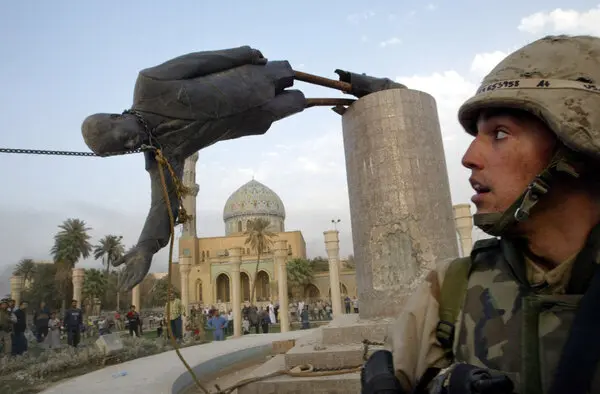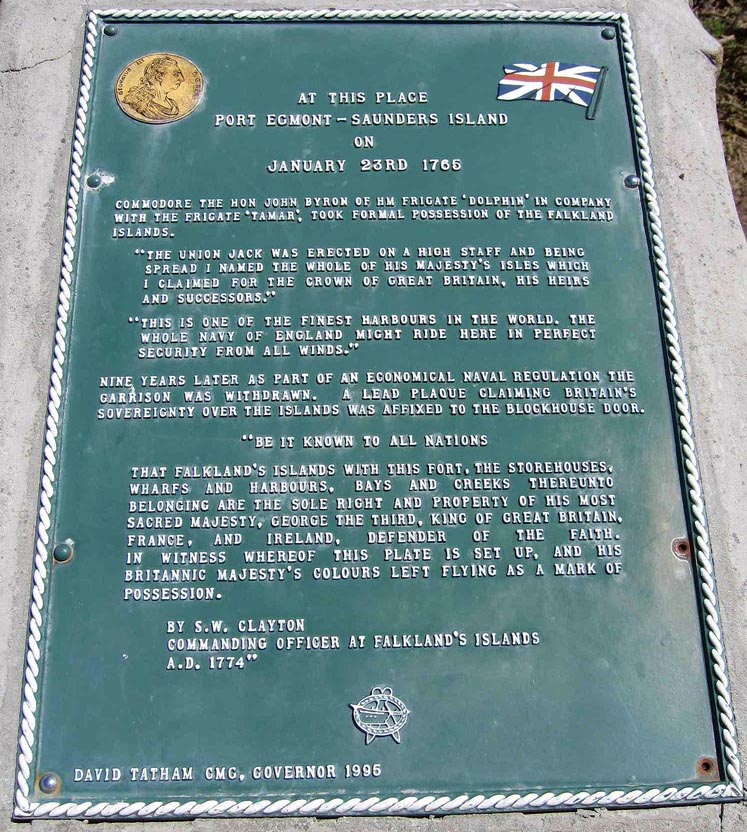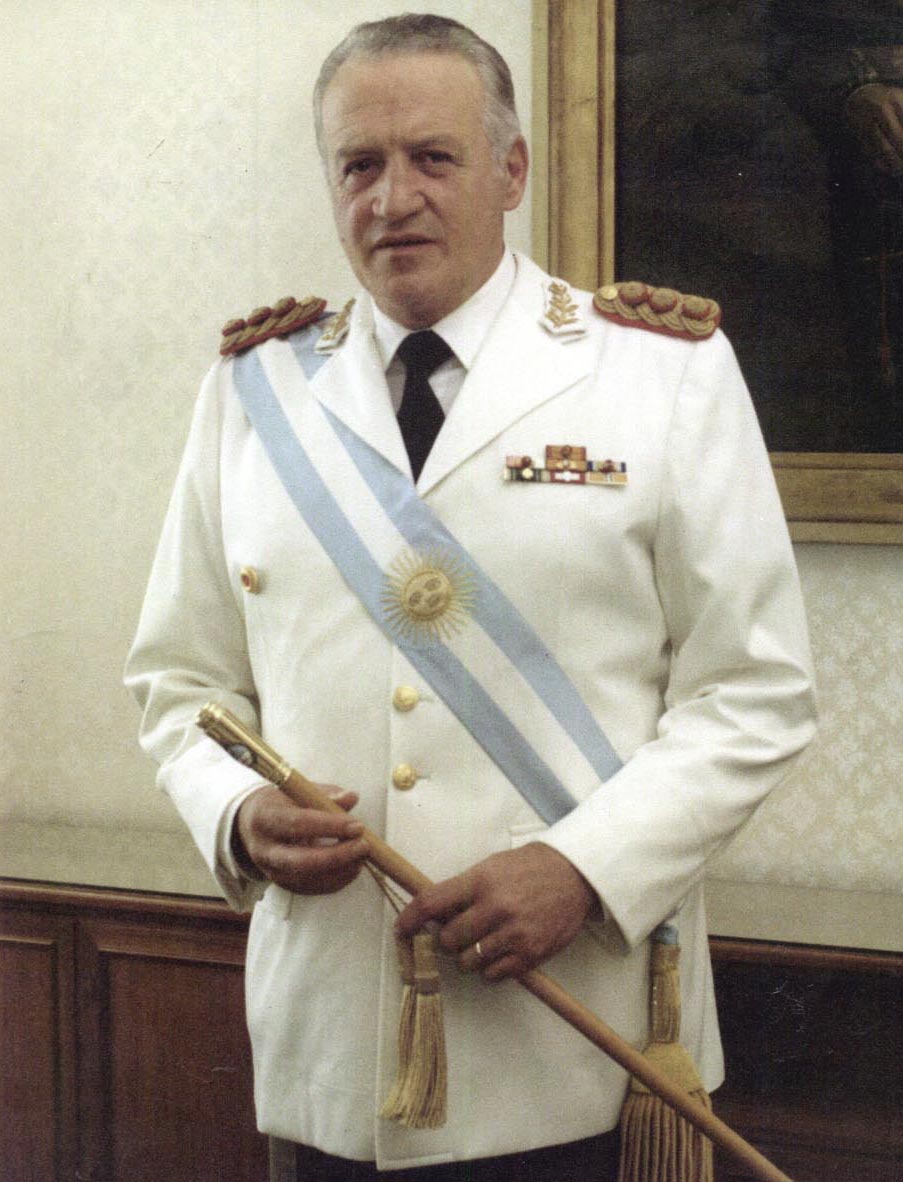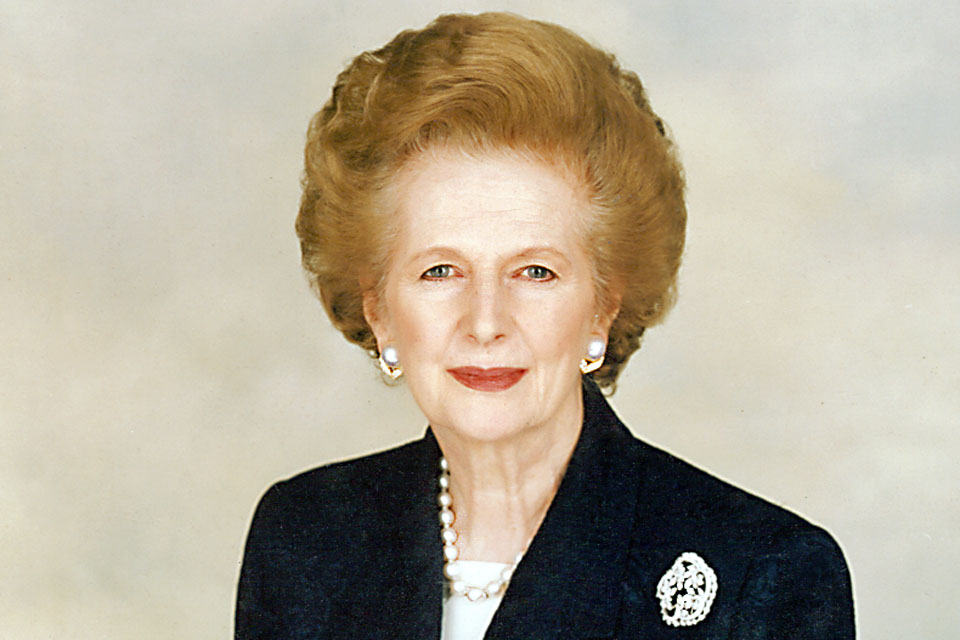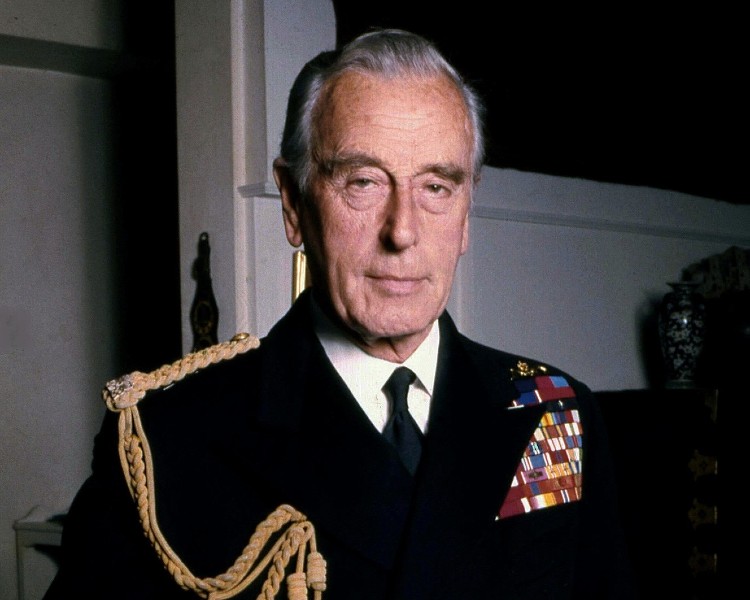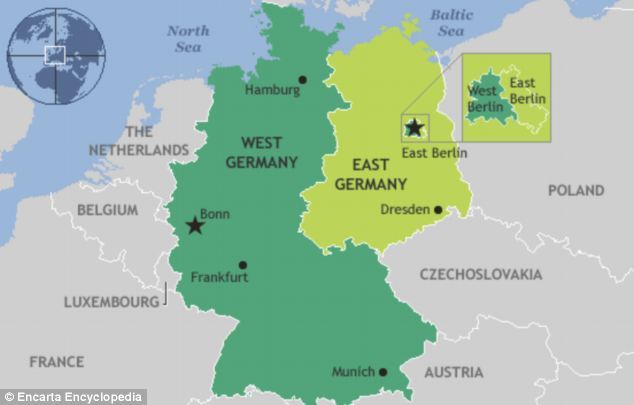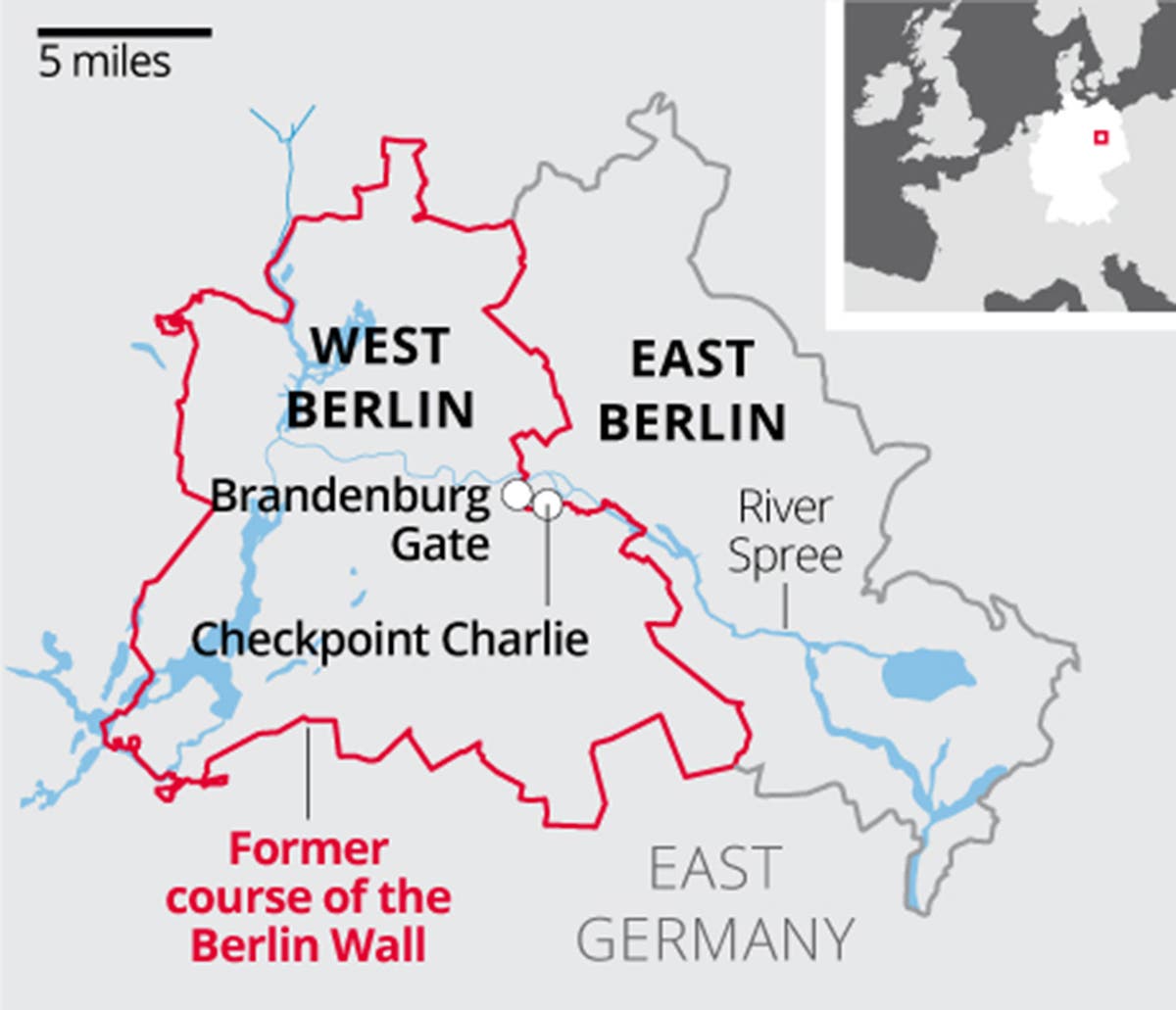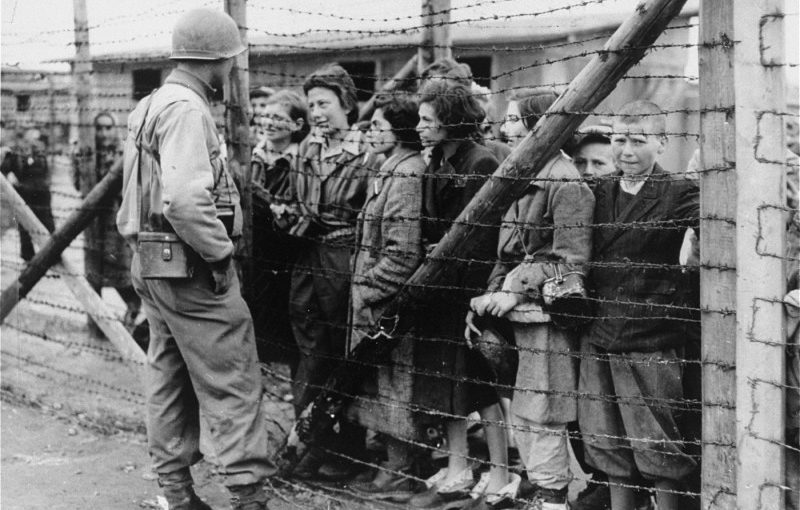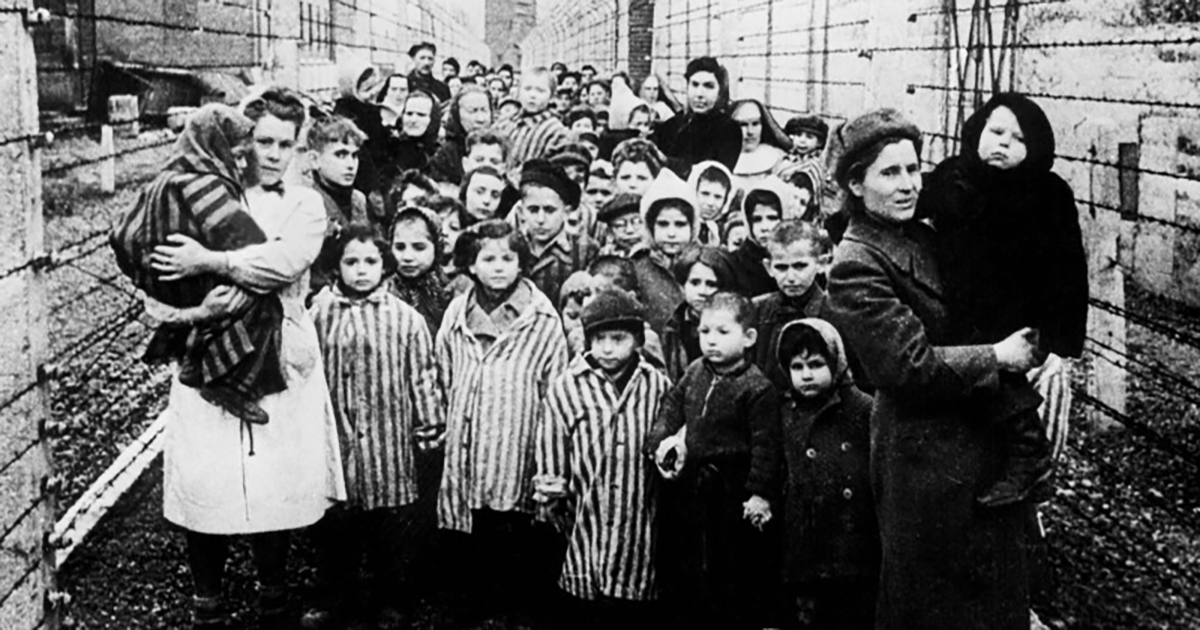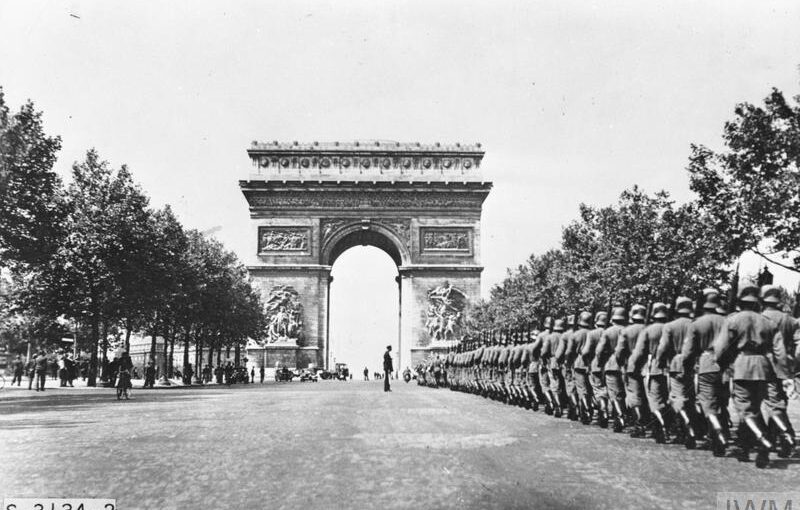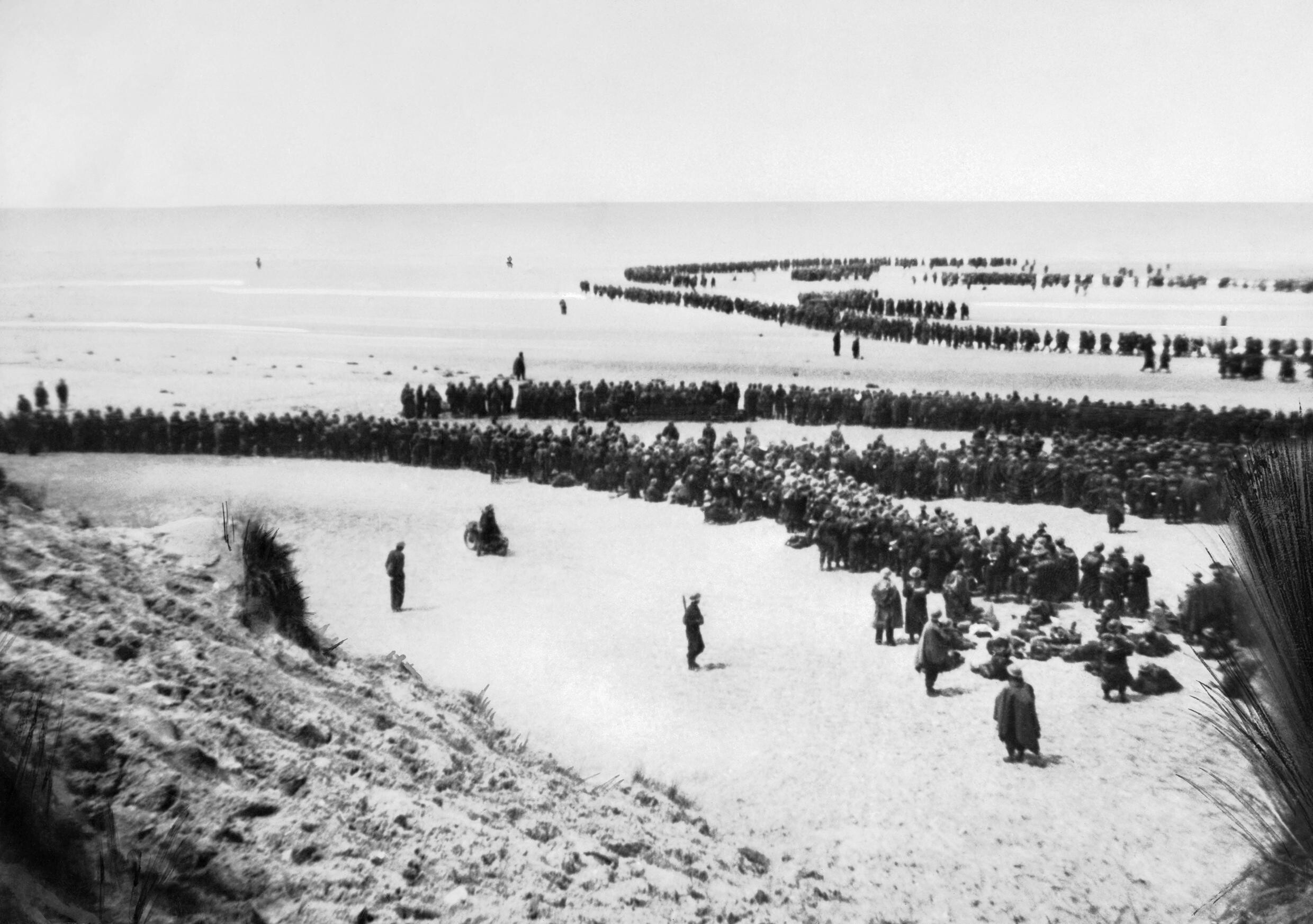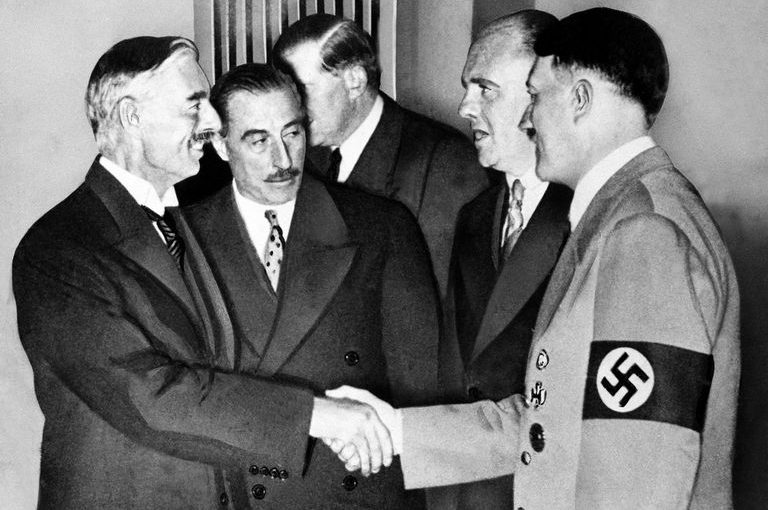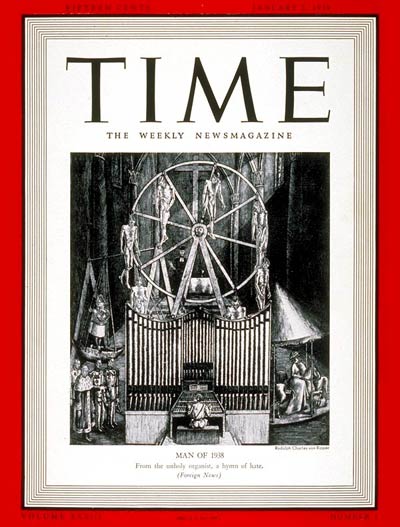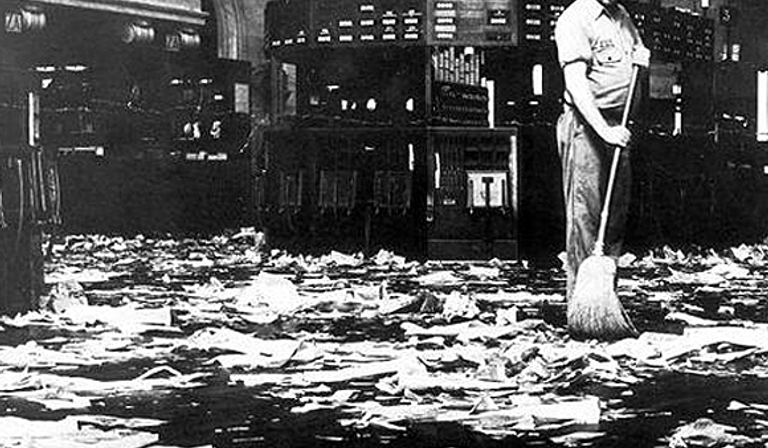The millennium dawned and, that November, a new President was to be elected. Bill Clinton served his two terms as allowed in the 22nd Amendment the Democrats needed a new candidate to lead them this election. The obvious choice fell to Bill Clinton’s VP, Al Gore, who had Joe Lieberman as his running mate. Whilst the Republican Primaries were a lot more competitive, George Bush, son of George H. W. Bush and Governor of Texas, came out on top, choosing the now infamous Dick Cheney as his pick for VP. A lot of both the campaigns focused on domestic policy as, at the time, the United States was not involved in a single conflict. George Bush, during a debate, stated the line:
I don’t think our troops ought to be used for what’s called nation-building. I think our troops ought to be used to fight and win war.
George Bush, Second Presidential Debate, 2000

Election day came and no-one won. The states were relatively evenly divided, with Gore having 266 Electoral Votes and Bush having 246, out of the 270 needed to win. However, the problem was Florida. Their problem was that the ballots were designed to cater to old people, a large part of Florida’s population and especially in the county of Palm Beach, wherein a hole would be punched in the ballot as many could not hold a pen properly. Which seems reasonable enough until you see how the ballot was formatted.
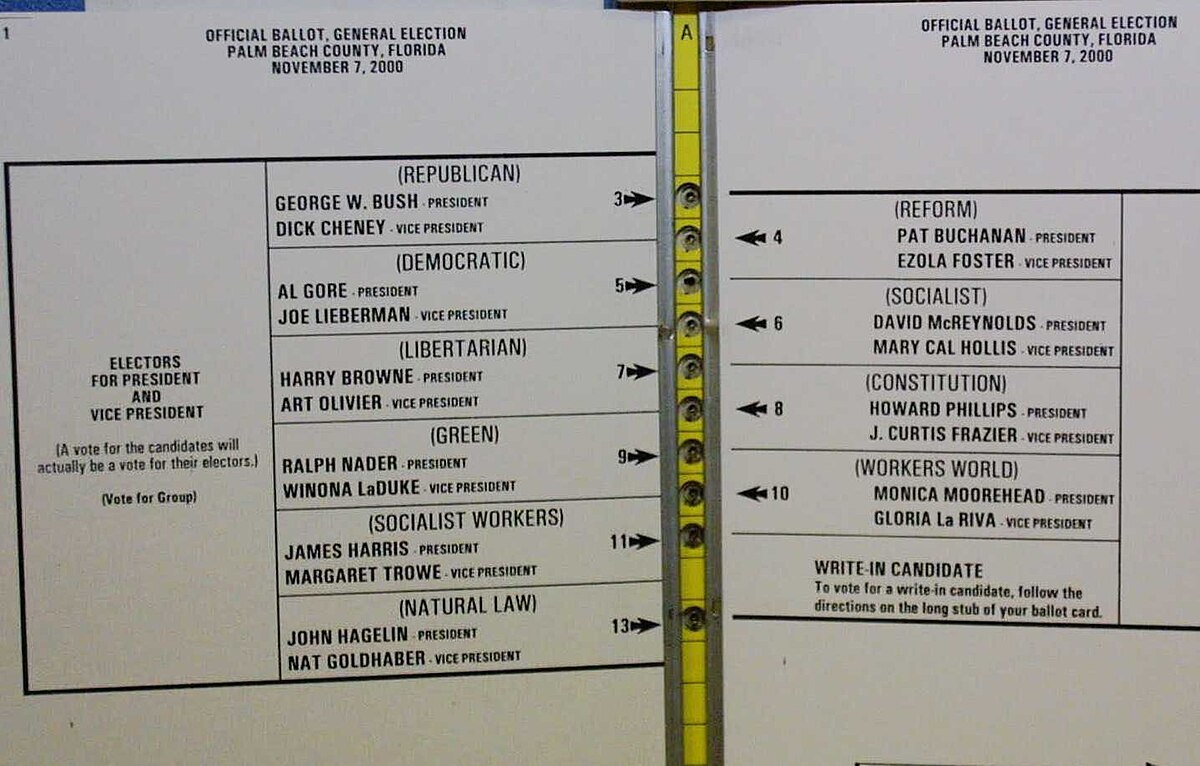
Some punched two holes in a ballot, some punched a hole that wasn’t even in one of the designated holes and some suspected that many Gore supporters were attempting to vote for him but voted for Pat Buchanan of the Reform Party by mistake. In the end, the whole thing was a disaster. At one point it seemed like Gore had the lead, which would mean he would win. At others, it seemed as though Bush had the lead, meaning he would win.
Eventually the results came through and Bush won. However, the margin was so narrow that a recount was demanded. Once the recount came through, Bush still won but the margin was even smaller than before, with now only a 300 vote difference. Eventually, Gore ended up going to the Supreme Court to demand another recount. After 5 weeks of proceedings, Gore eventually conceded the election, with the official count standing at 570 votes in favour of Bush in Florida, meaning he won the election and became the 43rd President of the United States, with only 271 Electoral Votes. Gore still won the popular vote on a national scale by a 0.52% margin. This election was one of if not the closest in history. And it was an election that would change the world.
For the first few months of George Bush’s Presidency, he was considered relatively fine. He didn’t do much to change any of what had come before and mostly stuck to his campaign promises. However, all that changed one fateful day.

In a response to 9/11, Congress, through the Authorisation for Use of Military Force, gave Bush the right to go to war against terrorism anywhere in the world, effectively declaring a War on Terror. Once Afghanistan was invaded and the Taliban was toppled, many in the Bush Administration wanted to link Iraq to 9/11. Even though it was an organisation led by Saudis, who set up terrorist training camps in Afghanistan and were housed by Pakistan after the invasion, George Bush, Dick Cheney, Colin Powell, the Secretary of State, and Donald Rumsfeld, the Secretary of Defence, were determined to link the two, by any means necessary, as they had been looking for an excuse to invade Iraq for a long time. Perhaps many in the Bush Administration saw 9/11 and the War on Terror as an opportunity to do so.
Paul Wolfowitz, the Deputy Secretary of Defence, claimed that Saddam Hussein, the dictator of Iraq was funding terrorist groups across the world and that “It’s almost like cutting off the head of the snake, and the rest of the body will go”. Rumsfeld began his own campaign, claiming that Iraq was not only advancing its chemical weapons, but also developing biological weapons and a nuclear weapons programme. Cheney soon hopped on the bandwagon, also claiming that Saddam Hussein was now developing the infamous Weapons of Mass Destruction, saying that there was “no doubt” that he had them.
Finally Bush joined in, who, in his 2002 State of the Union Address, claimed that Hussein was developing anthrax, nerve agents and nuclear weapons. Bush allegedly had a personal vendetta against Hussein who had threatened, and even possibly tried, to kill his father. Despite there being a dire lack of any shred of evidence against him, the Bush Administration insisted that Hussein was not only developing WMDs but had the intent of selling them to terrorists so they could attack the United States and her allies. One of these allies, who believed these lies, was the United Kingdom.
After a decade and a half rule under Thatcherism, Tony Blair, leader of the Labour Party, won the 1997 general election in a landslide, winning another massive majority in 2001, only months before 9/11. After 9/11, Blair declared that the UK would remain a steadfast ally of the United States. Having no reason to believe that Bush was lying, Blair also joined in on the rhetoric that Hussein was developing WMDs.
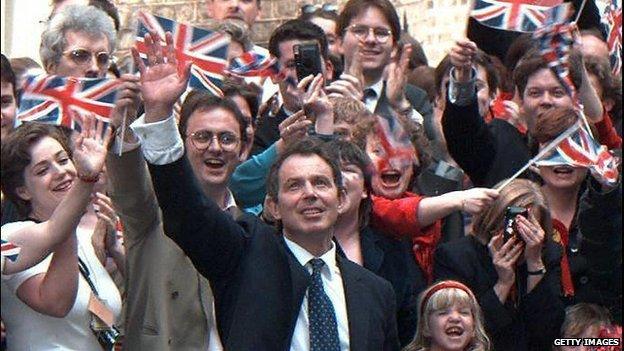
It became increasingly apparent that Bush was intent on invading Iraq if they found evidence or not of the WMDs. However, despite this, they still tried to get the UN on board. The UN obliged and sent weapons inspectors to Iraq to look for said WMDs. After over 700 inspections, nothing was found, and it became increasingly apparent that Clinton had destroyed them in Desert Fox. Hans Blix, head of the Weapons Inspections, claimed that Bush was pounding the war drums without sufficient evidence. Despite this, Bush still insisted on the WMDs existence.
In a now infamous presentation, Colin Powell pushed the case that Hussein was building weapons of mass destruction, at one point bringing out a small vial of a teaspoon of beige powder, claiming that that much anthrax “shut down the United States Senate in the fall of 2001. This forced several hundred people to undergo emergency medical treatment and killed two postal workers just from an amount just about this quantity that was inside of an envelope.” He then claimed that Saddam Hussein had anywhere between 8,500 to 20,000 litres of anthrax, “enough to fill tens upon tens upon tens of thousands of teaspoons.” The UN still, obviously, did not buy this.

Eventually the US decided it was either their way of the highway and, on March 19th 2003, began Operation Iraqi Freedom, with the help of coalition forces from around the world, most notably the UK, Poland and Australia. It began with a bombing campaign, mostly of Iraqi military bases as well as targeting the Presidential Palace in Baghdad, whilst a ground invasion occurred, lasting around about a month. Hussein, as well as his inner circle, was forced into hiding. On May 1st, 2003, Bush declared “Mission Accomplished” aboard the USS Abraham Lincoln in a now infamous speech declaring that the invasion was a success and that Iraq would never be a problem again.
Political Historian, Matthew Beat, calls this the beginning of the insurgency part of the war. Many soldiers found that they thought the Iraqi people would hate them. However, they only hated them once they stayed. Whilst Hussein was captured, put on trial and executed by the new Iraqi government, the United States stayed in Iraq for almost an entire decade.
During this time, many insurgents against the occupying force of the United States arrived. They were originally just Hussein’s hardliners, but they soon developed into Islamist factions, who believed that Hussein’s fall was a perfect power vacuum to establish an Islamic government. In fact it got so bad that the US ended up fighting Al-Qaeda, who had joined the side of the insurgents. That’s right. The Iraq War was so bad that they made a connection to Al-Qaeda and Saddam Hussein. Many factions began vying for power and, during the insurgency, these factions would break out into violence. The most notable parts of the insurgency were the IEDs (Improvised Explosive Devices), which would be set off through suicide bombings or car bombings.

Despite what was going on, Bush’s popularity hardly faltered, as he won a second term in the 2004 election against John Kerry. However, the situation in Iraq became more and more dire. Reports were coming out about torture of Iraqi people in Abu Ghaib prison, whilst elections were attempting to be established. Once it was discovered that Al-Qaeda forces were making their presence known in Iraq, Bush made the decision to send even more troops into Iraq in January of 2007.
By now, anti-war protests began erupting in Washington, calling for an end to the war. Many say that the Iraq War strongly damaged the reputation of the Republican Party. With a small dash of financial recession, this paved the perfect way for Barack Obama to win an overwhelming majority in 2008. Not only that, but many seats in the Senate and the House ended up flipping to the Democrats that election. Eventually, Obama pulled the majority of forces out of Iraq by 2011, leaving around 30,000 troops still in Iraq. Today, 2500 troops are still stationed in Iraq. To this day, not a single WMD was found. Bush lied to the American people and got off Scott free.
